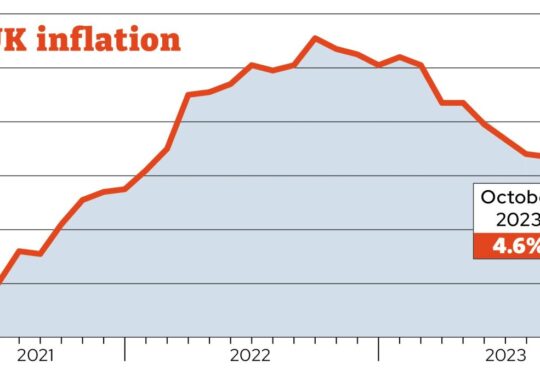
Retirement marks a significant life milestone, the transition from a structured work life to a potentially more relaxed lifestyle. But when do most people take this leap? Here’s a look at the average retirement age in the United States versus Europe as of 2023.
Retirement in the United States: The Numbers Game
In the US, the concept of retirement has been quite fluid. There’s no mandatory retirement age, but there are benchmarks that influence when people decide to retire. As of 2023, the average retirement age in the United States is around 65 years for men and slightly lower for women. This aligns closely with the age when people can start receiving full Social Security benefits, which ranges from 66 to 67, depending on one’s birth year.
However, retirement isn’t just about hitting a number; it’s also about financial readiness. The increasing life expectancy and rising healthcare costs have led many Americans to work longer to ensure a comfortable retirement. Moreover, the full retirement age for receiving Social Security benefits has been inching up, influencing some to delay retirement to maximize their benefits.
The European Landscape: A Patchwork of Policies
Europe presents a varied picture. The retirement age across European countries doesn’t fit into a one-size-fits-all category, as it’s influenced by unique social policies and economic conditions. In 2023, the average retirement age in Europe varies significantly, ranging from about 60 in some countries to as high as 67 or even 68 in others.
Several European countries have been pushing the retirement age higher to cope with the financial strain of aging populations. Places like Germany and France have been gradually increasing the age at which people can receive full pension benefits. Moreover, private pensions and savings play a crucial role in determining when Europeans can afford to retire.
Cultural Differences: Work, Life, and Retirement
Beyond the numbers, cultural attitudes toward work and retirement also shape when people choose to retire. In the US, there’s a strong work ethic that often ties personal identity to one’s profession, which can make the decision to retire a complex emotional process. Meanwhile, in Europe, social policies tend to encourage a balance between work and leisure, and this can include more generous vacation time and earlier retirement ages.
Financial Planning: The Universal Constant
Regardless of the continent, financial planning is key. Americans and Europeans alike need to consider how they’ll fund their retirement years. In the US, the responsibility tends to fall more on the individual, with employer-sponsored retirement plans and personal savings playing a big role. In Europe, while personal savings are important, there’s often a more substantial safety net provided by the state.
Looking Ahead: What’s the Trend?
As of 2023, the trend in both the US and Europe is leaning toward later retirement. This shift is driven by necessity and changing attitudes towards aging and work. People are living longer, healthier lives and many want to remain active in the workforce longer.
The Takeaway
While the average retirement age in the US and Europe reflects distinct policies, economic conditions, and cultural norms, retiring is a personal decision. No matter the average age, the right time to retire is a deeply individual choice. With careful planning, retirement can be a rewarding new chapter.
Editor’s note: This article was produced via automated technology and then fine-tuned and verified for accuracy by a member of GOBankingRates’ editorial team.
More From GOBankingRates
Source link






